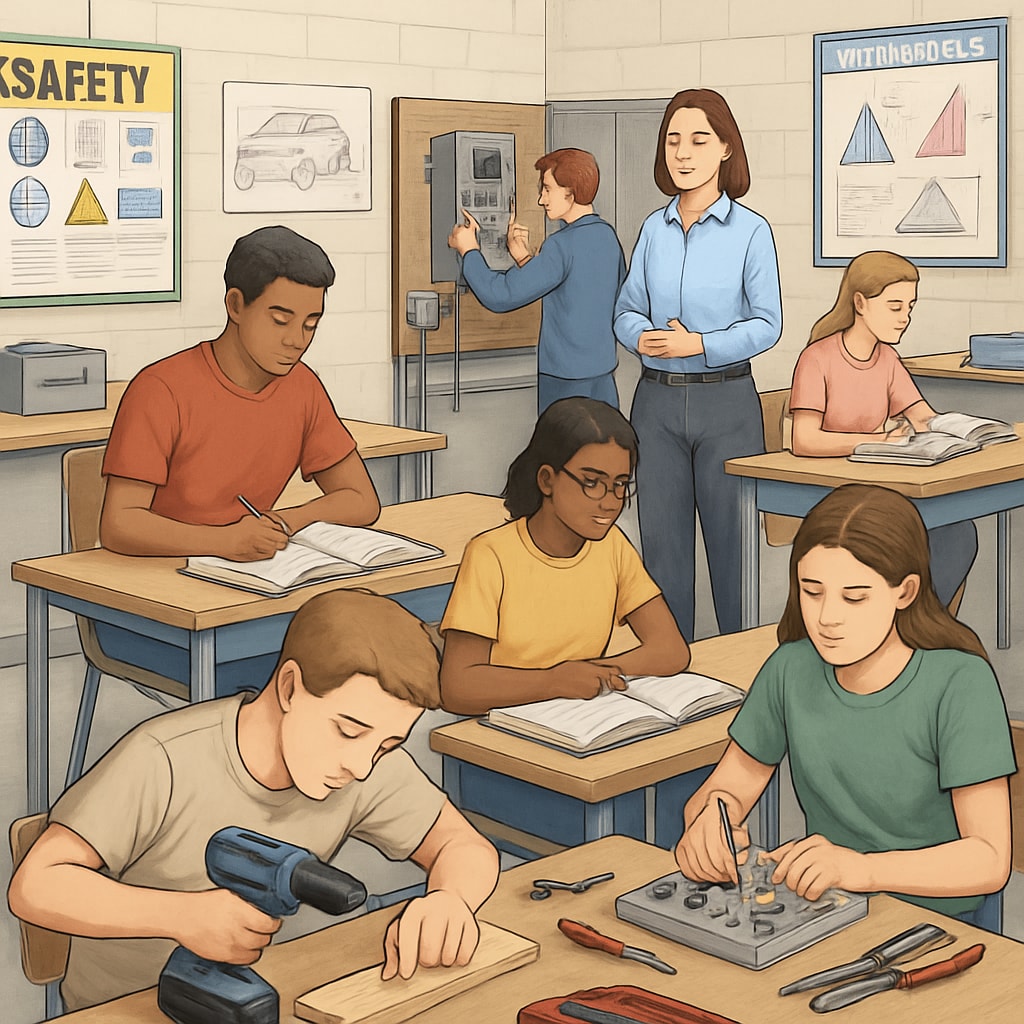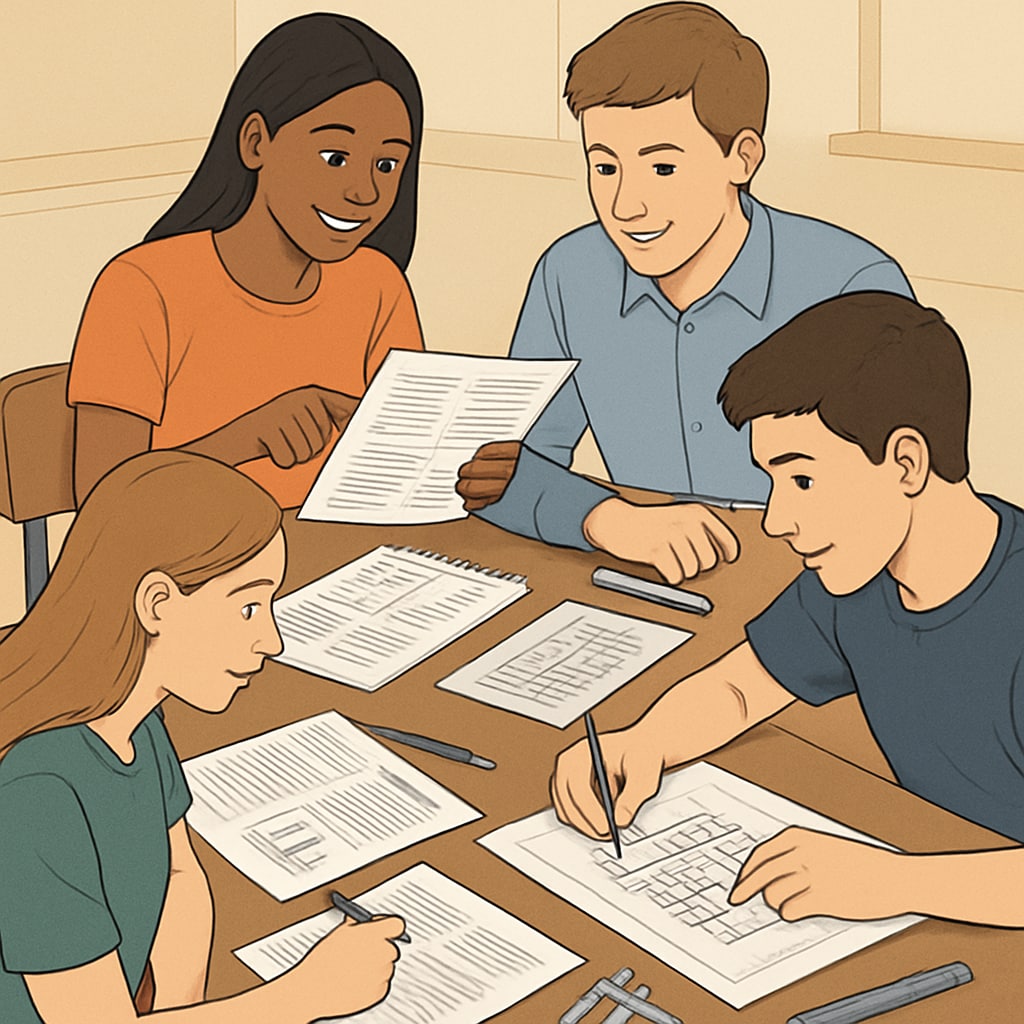Balancing Career and Technical Education (CTE) with traditional academic subjects is a growing challenge for K12 school districts. As the demand for future-ready skills increases, educators are tasked with integrating hands-on vocational training while ensuring students excel in core subjects like math, science, and literature. This article explores the importance of striking this balance, examines effective strategies for implementing CTE, and discusses how districts can create an integrated model to support holistic student development.
Why Balancing CTE and Traditional Academics Matters
CTE programs are designed to prepare students for real-world careers by equipping them with practical skills in fields such as technology, healthcare, and engineering. However, traditional academics remain essential for developing critical thinking, creativity, and problem-solving abilities. Striking a balance ensures that students not only gain vocational expertise but also possess the intellectual foundation necessary for lifelong learning and adaptability.
For example, a student pursuing automotive technology under CTE must also be proficient in mathematics to understand engineering concepts and budgeting. Similarly, communication skills acquired through language arts are critical for workplace collaboration. Thus, integrating CTE with traditional academics promotes well-rounded education.

Effective Strategies for Implementing CTE in K12 Education
School districts can adopt several strategies to ensure CTE complements traditional academics:
- Cross-disciplinary projects: Encourage collaboration between CTE and academic teachers to design projects that blend vocational skills with core subjects. For instance, a robotics project could combine technical training with physics and mathematics.
- Flexible scheduling: Offer students the opportunity to alternate between CTE courses and traditional classes to maintain a balanced workload.
- Industry partnerships: Collaborate with local businesses to provide internships and mentorship programs, helping students apply academic knowledge to real-world scenarios.
- Teacher training: Invest in professional development programs to train educators in both academic and technical disciplines, fostering a more integrated approach to teaching.
These strategies ensure that students receive a comprehensive education that prepares them for both higher education and the workforce.
The Role of School Districts in Creating Integrated Learning Models
School districts play a pivotal role in facilitating the integration of CTE and traditional academics. To achieve this, districts can adopt a holistic curriculum framework that aligns vocational training with academic standards. For example, a district might introduce subjects like “Applied Science” or “Technical Writing” to bridge the gap between CTE and academic learning.
Additionally, districts should prioritize equitable access to CTE programs. This prevents students from being siloed into either academic or vocational tracks based on socioeconomic factors. Collaboration with policymakers to secure funding for CTE expansion can also help districts scale these initiatives effectively.
As a result, districts can foster a culture where students see the value in both pathways, empowering them to make informed career decisions.

Conclusion: A Call for Balanced Education
Integrating Career and Technical Education with traditional academics is not about choosing one over the other; it’s about creating a synergy that benefits all learners. When implemented thoughtfully, CTE enriches traditional academics, preparing students for the complexities of the modern world. School districts, educators, and policymakers must work together to design balanced, integrated learning models that nurture every aspect of student growth.
Ultimately, the goal of K12 education should be to equip students with the tools they need to succeed—whether in college, careers, or life. By balancing CTE and traditional academics, we can create a future-ready generation capable of thriving in an ever-changing world.
Readability guidance: Use short paragraphs and bullet points to summarize key ideas. Maintain a balance between active and passive voice, and ensure over 30% of sentences include transition words like “however,” “for example,” and “as a result.”


